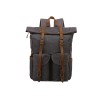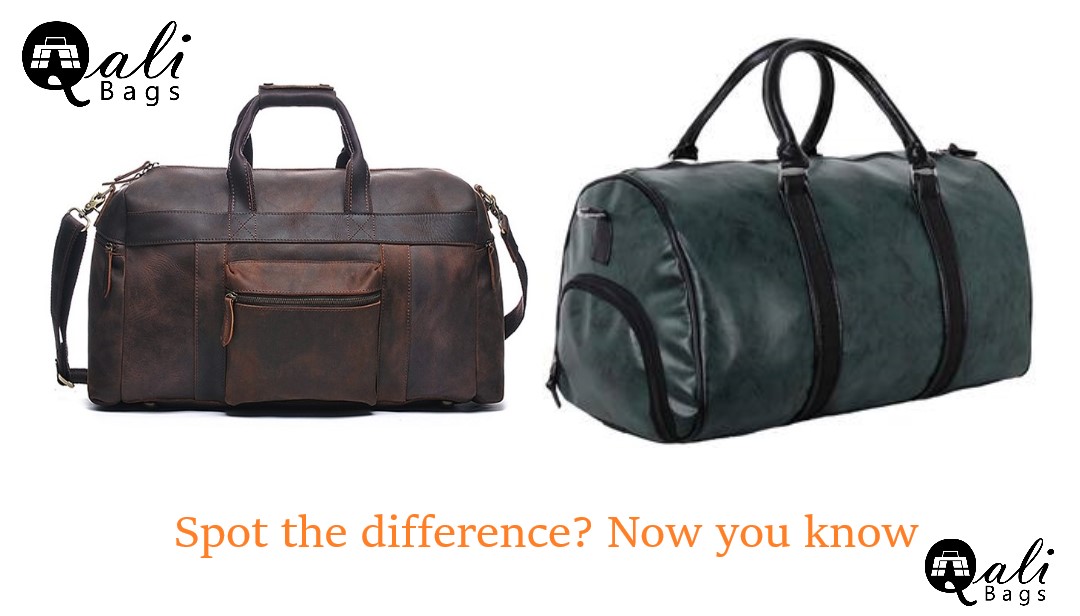Read this before your next purchase
Here at Qali Bags we think the best materials produce the best items and it is important to regard the long-term value of your buy. We want to make sure the bag you decide to buy or have already bought is authentic; otherwise you might incur problems with it in the long run.
In this article, we are going to differentiate genuine(real) leather and PU (PolyUrethane)/ Polo Synthetic leather; so that you do not have it mixed up again with any purchase.
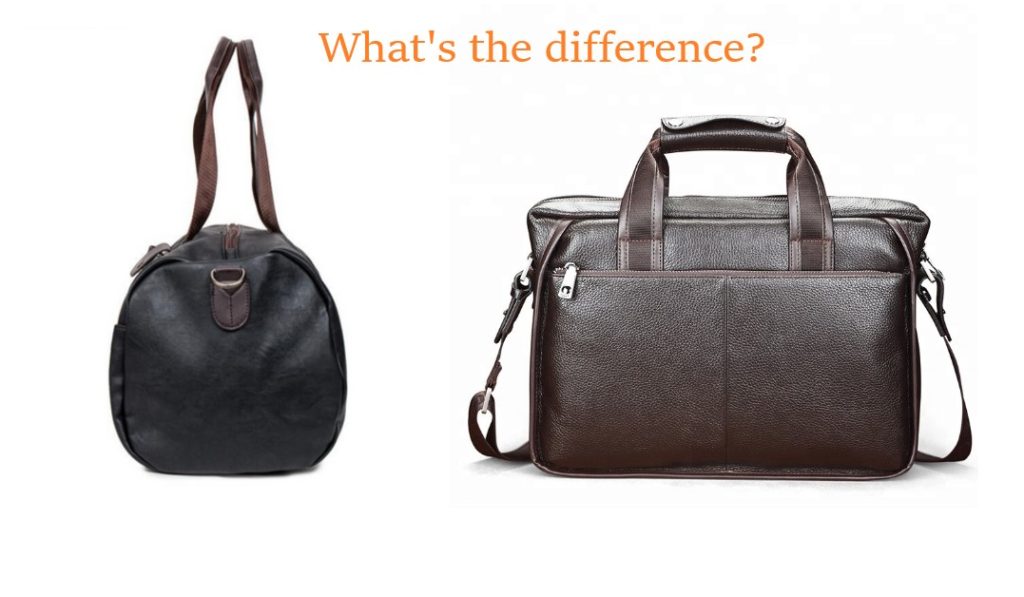
PU leather
PU Leather is a manmade material with 2 layers; bottom leather layer and Polyurethane (PU) surface. It exists to give the look and feel of genuine leather thus bringing down the cost of the product made from it. When PU leather is combined with real leather it produces Bi-cast Leather, another form of artificial leather.
Though PU leather has the same texture as real leather, it is typically lighter than real leather. It is far less tough, extensively less expensive and is easy to wear or tear.
This type of artificial leather is quite resistant to sunlight but is susceptible to cracking or peeling after some time. It is a washable material thus is easy to clean or wipe and is mostly used to cover automobiles seats or furniture. This may be an affirmative but this type of material is non-breathable due to its composition of synthetics.
In terms of durability, as mentioned above, PU leather is prone to peeling and cracking after certain period of use and will not serve you any good unlike genuine leather. Over time it will start losing its glossy appearance and once those properties are lost they cannot be gained again.
PU leather wears down very quickly and you’ll be able to identify it with its very short lifespan. The fabric beneath it starts peeking through the cracks with time from the peeling and you will be left with a huge disappointment.
Genuine leather
Genuine leather on the other hand is made from animal hide, mainly of cattle. This type of leather lasts a lifetime and is very durable when handled with proper care and maintenance. It also develops an attractive patina (top layer) as it ages.
Besides its exceptional durability, real leather is known to be a breathable and flexible fabric; (notice how a leather wallet will take the shape of your pocket over time unlike PU leather which is very stiff).
Real leather is considered to be a luxury item and normally has a premium price compared to faux leather. One of the best ways to tell the difference is by looking at the imperfections on the leather surface unlike PU leather which has a smooth/glossy finish.
Artificial leather has very clean and clear edges and will feel machine made. Whereas genuine leather, due to its processing stages, may have unclear edges and some roughness to it. Real leather tends to have a distinctive smell (that lasts for a while) while faux leather mostly has no smell or smells like plastic. In the beginning, it may be hard to tell the difference, but with age you are guaranteed to notice the variations between the two.
Here are some quick tips to do so;
- Smell the item; it should have an unmistakable, natural smell. If it smells like chemicals, walk away
- Look for imperfections on the surface grain. These imperfections and unique markings usually mean you are looking at genuine, high quality product.
- Check for pliability. If you’re handling a genuine item, it should be somewhat flexible when you bend it or press down on it. If it is very stiff or bounces back to its original shape unnaturally, you are probably handling synthetic materials.
Authentic goods are generally much more expensive than their synthetic counterparts because they are extremely durable and valuable. So the next time you make that choice before purchasing a leather product, choose wisely!
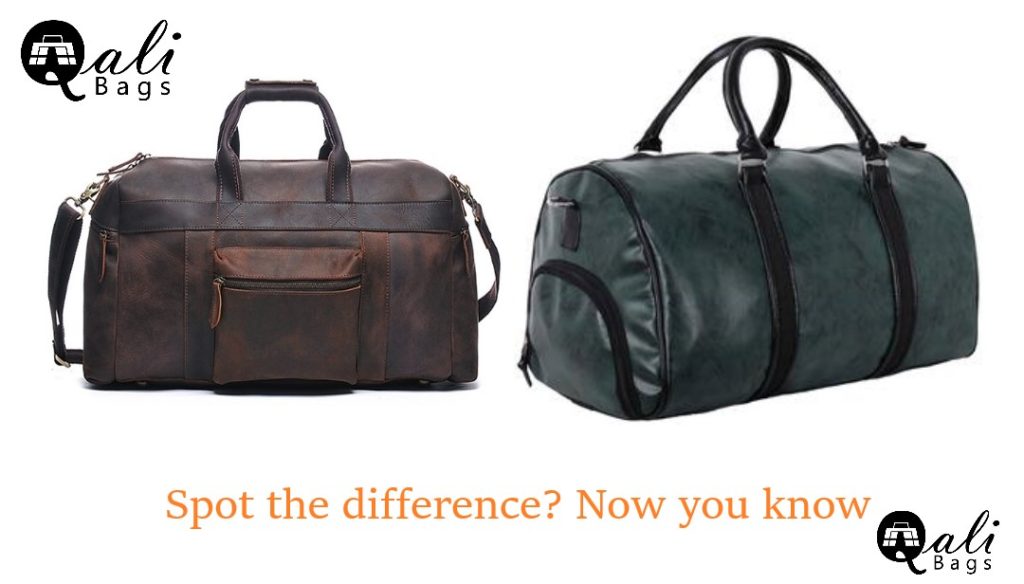
-
 Mamba Leather Laptop BagKSh8,250
Mamba Leather Laptop BagKSh8,250 -
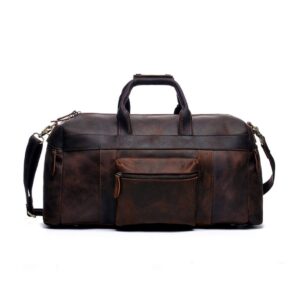 Qali Msafiri Travel BagKSh20,999
Qali Msafiri Travel BagKSh20,999 -
 Leather Weekender with Shoe CompartmentKSh13,420
Leather Weekender with Shoe CompartmentKSh13,420 -
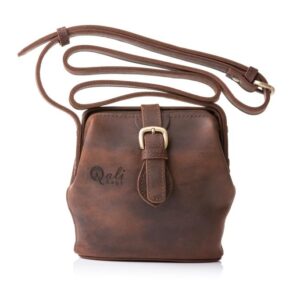 Qali SatchelKSh6,500
Qali SatchelKSh6,500

